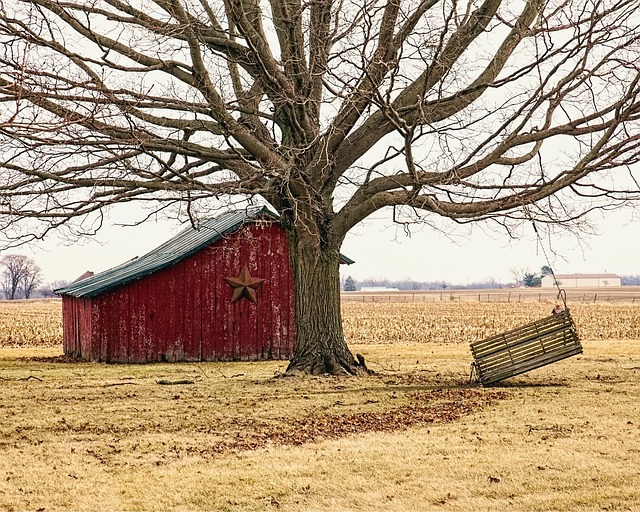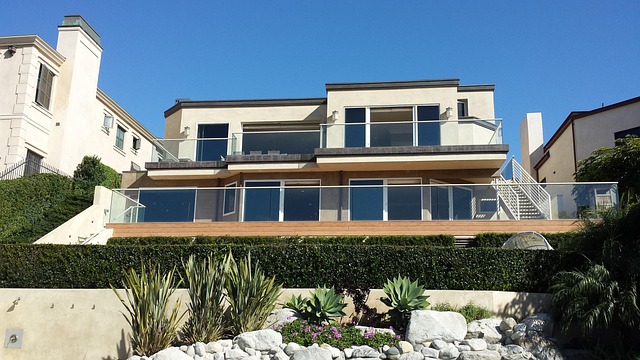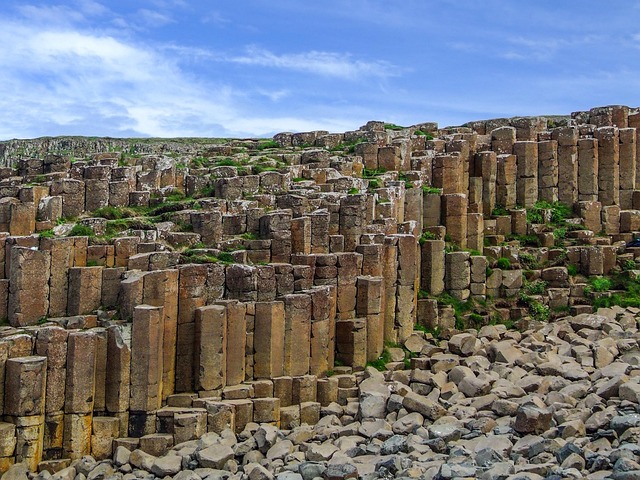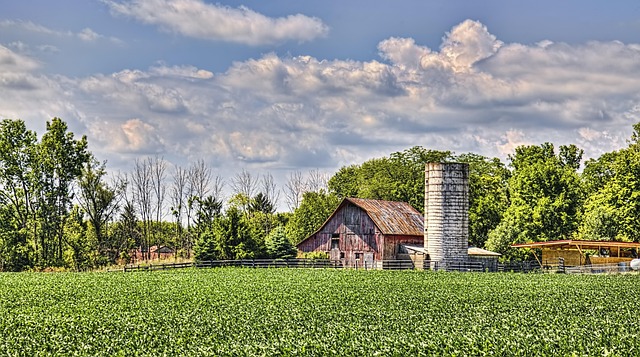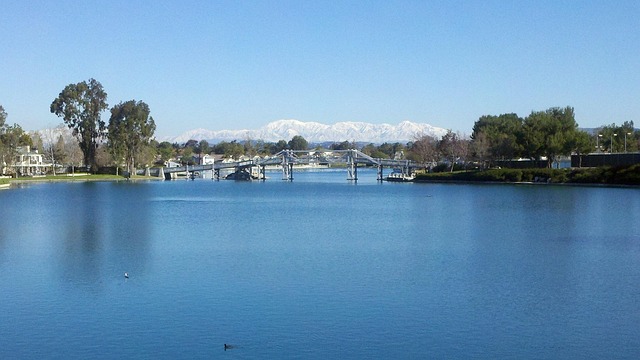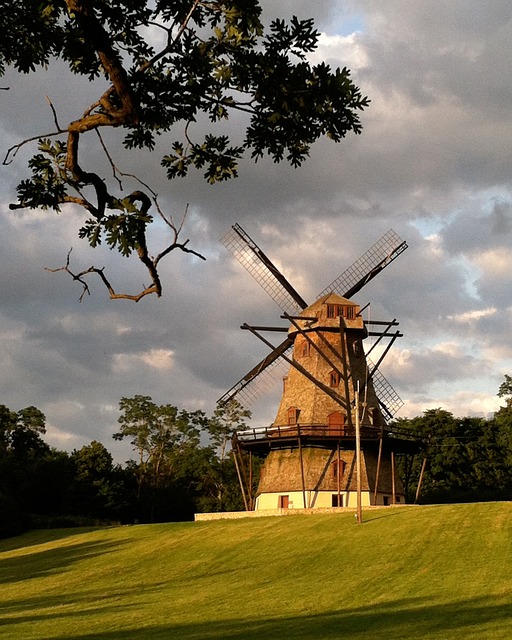The real estate sector is a pivotal driver of state economic growth, influencing various aspects such as infrastructure development, investment attraction, and job creation. Booming property values enhance public services and overall state wealth. Smart city initiatives, including mixed-use developments and eco-friendly buildings, stimulate local economies through construction booms and attract businesses and residents. This sector shapes urban landscapes, fosters economic prosperity, and delivers immediate and lasting benefits to communities, resulting in improved infrastructure, transportation networks, housing, public spaces, and educational institutions.
“Unleashing economic growth, a state thrives thanks to its robust real estate sector, which acts as a catalyst for overall development. This article explores the intricate relationship between real estate and state prosperity. We delve into how property investments and trends drive economic expansion, attracting businesses and creating thriving communities. From bustling urban centers to emerging suburbs, the impact of real estate is evident in infrastructure upgrades and local business booms. Discover the key factors fueling this growth and understand why real estate remains a cornerstone of sustainable state development.”
The Role of Real Estate in State Economic Growth
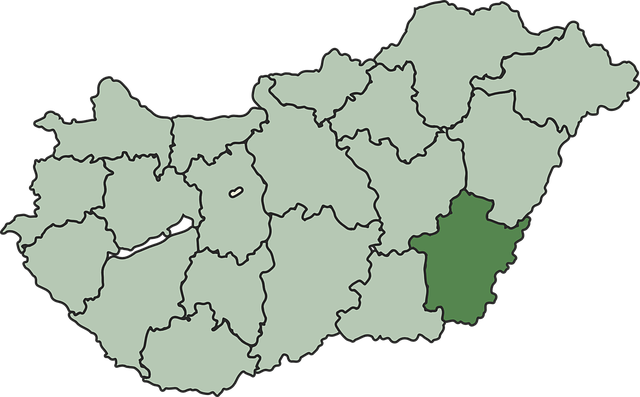
The real estate sector plays a pivotal role in fueling state economic growth and development. It serves as a key driver by facilitating infrastructure expansion, attracting investments, and creating numerous job opportunities across various industries. As property values appreciate, so does the overall wealth of the state, leading to increased tax revenues that can be reinvested into public services and projects.
In many cases, booming real estate markets are indicators of a state’s thriving economy. The sector’s impact extends beyond construction and sales; it influences related sectors like finance, design, and tourism. For instance, the development of upscale residential areas or commercial hubs can draw in businesses and residents alike, fostering a vibrant urban landscape that becomes a tourist attraction. This interconnectedness underscores the real estate industry’s significant contribution to a state’s economic health and prosperity.
Driving Factors: Key Trends and Investments

The economic growth of a state is often propelled by various factors, and one significant driver in recent times has been the real estate sector. The rise of smart cities and urban centers has attracted substantial investments in infrastructure development, technology integration, and sustainable practices. These trends create a ripple effect, stimulating local economies as construction booms, employment opportunities surge, and businesses flourish in these thriving metropolitan areas.
Key investments in real estate include mixed-use developments that blend residential, commercial, and recreational spaces, fostering community engagement. Additionally, the increasing demand for eco-friendly buildings and infrastructure has led to a focus on green initiatives, driving innovation in architecture and construction methods. As cities evolve to accommodate growing populations, the real estate sector plays a pivotal role in shaping the state’s economic landscape, offering both short-term gains and long-lasting benefits for residents and investors alike.
Impact on Infrastructure and Community Development
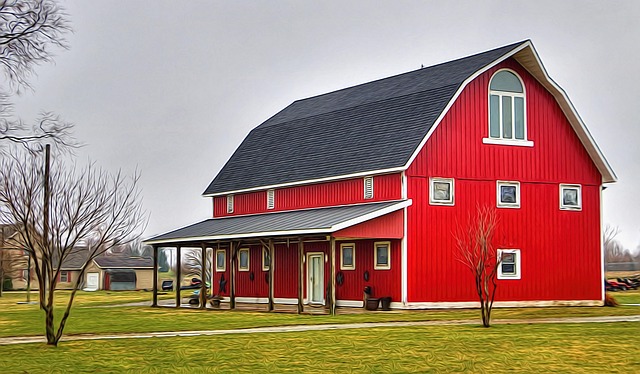
The economic growth fueled by a powerhouse industry often translates into significant improvements in infrastructure and community development. As real estate becomes a primary beneficiary, cities experience rapid expansion with modern amenities and improved transportation networks. This influx attracts more businesses and residents, creating a positive feedback loop that further stimulates local economies.
With the increased demand for housing, real estate developments spring up, offering diverse options from residential complexes to commercial hubs. These projects not only provide much-needed accommodation but also contribute to urban aesthetics and sustainability through strategic planning. As communities flourish, public spaces, parks, and educational institutions often follow, ensuring a high quality of life for all inhabitants.
